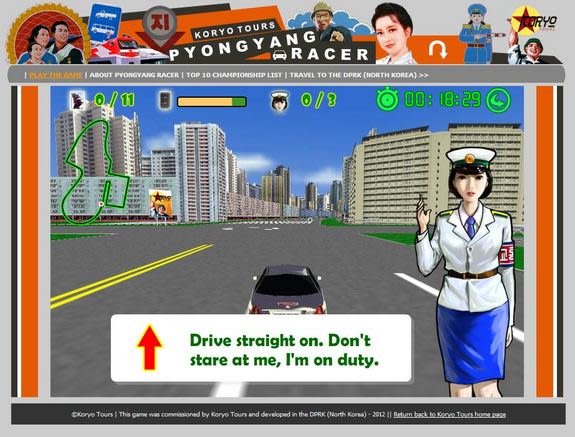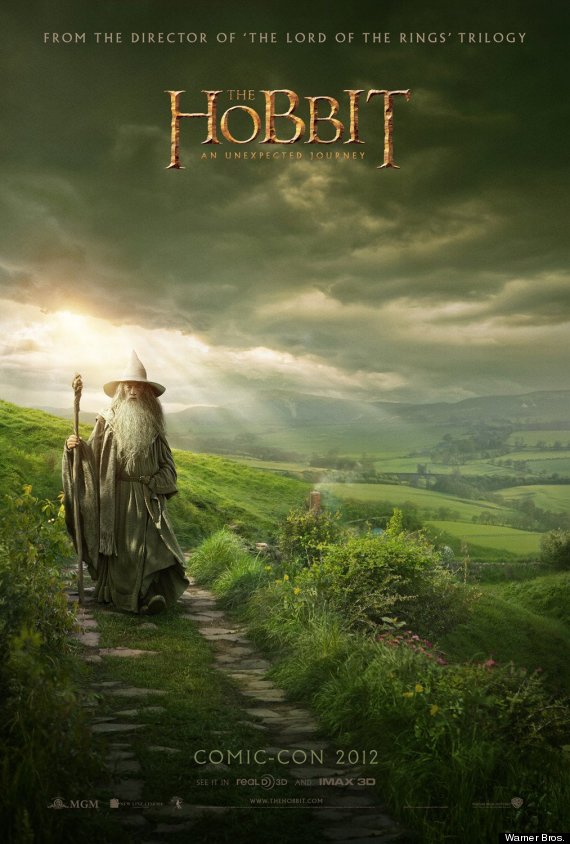With each post in this mini-feature, I highlight a game from a different country around the world. Keep in mind these aren't necessarily the best or most popular games from each nation, but simply a fitting representative.
Pyongyang Racer - Nosotek, 2012 (play it here)
I bet you weren't expecting a game from the Democratic People's Republic of Korea. Pyongyang Racer was developed by Nosotek, "the only company in Pyongyang offering western working conditions and Internet access" according to the studio's official website.
It's the first North Korean videogame playable in the West, although I've still had issues getting the browser-based game to load. I would describe it, but the game's website describes it better than I ever could:
"Finally, gamers have a chance to enjoy a driving game based in North Korea, in road rally format where drivers have to capture gasoline cans in order to continue their adventure. Pyongyang Racer, a video game developed in conjunction with a tour company, lets racers ride around the DPRK capital and see the sights, such as a bigger version of France's Arc De Triopmhe. There are also plenty of chances to obey the traffic wardens, which are a site unique to the streets of Pyongyang despite the overall lack of traffic and the rest of the world's fixation with automated traffic signals. In what may be a sign of new openness on behalf of the famed "Hermit Kingdom" which has been ruled by only 3 people in the last 60 years, the Pyongyang Racer video game opens up this piece of the world and gives a glimpse of a unique culture that is known to only a few. The simplicity of the gameplay, and the toned down graphics, serve as a welcome throwback to games of the past which focused far more on gameplay than visual effects. Those who are old enough to remember 8-bit consoles and the hours spent playing them will take note of the concept that flashy effects still take a back seat to the challenge of the game itself. In this setting, Pyongyang Racer offers great promise except for those who hope to find the legendary unicorn lair known to be sequestered in Pyongyang's past.
Notes and Special Information
Special note: In actual North Korea, you may have more difficulty with such driving, or driving around in general, since the capital city may have traffic wardens on every corner, but is not known for traffic congestion."It's goofy enough to make you think it's a parody. But it's not. As to be expected, this is incredibly bizarre. Is this the first leak in the dam before the North Korean Revolution of Game Design? You be the judge.
The Global Gaming map so far (zoom out for full map):
View Global Gaming Spotlight in a larger map















